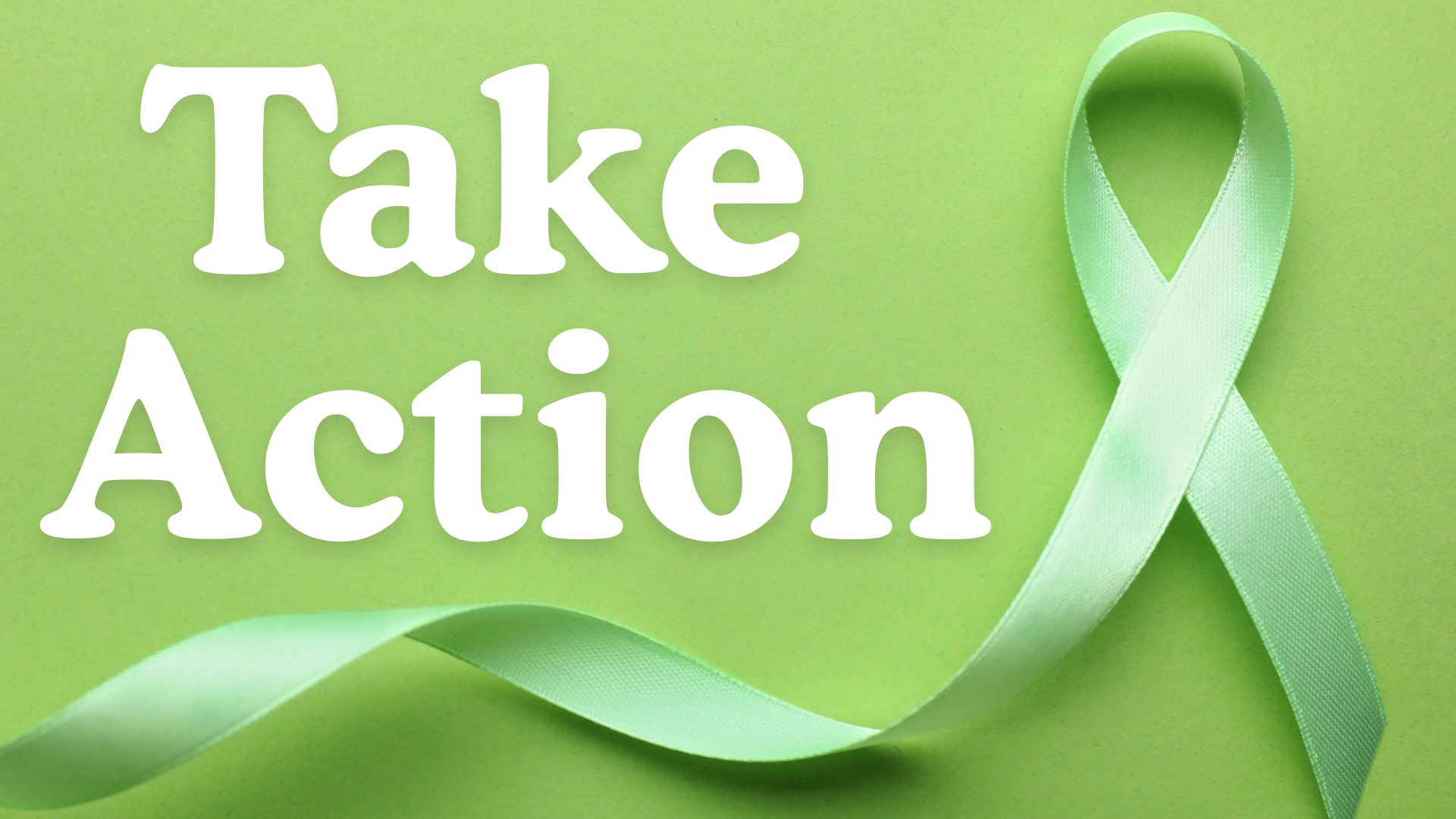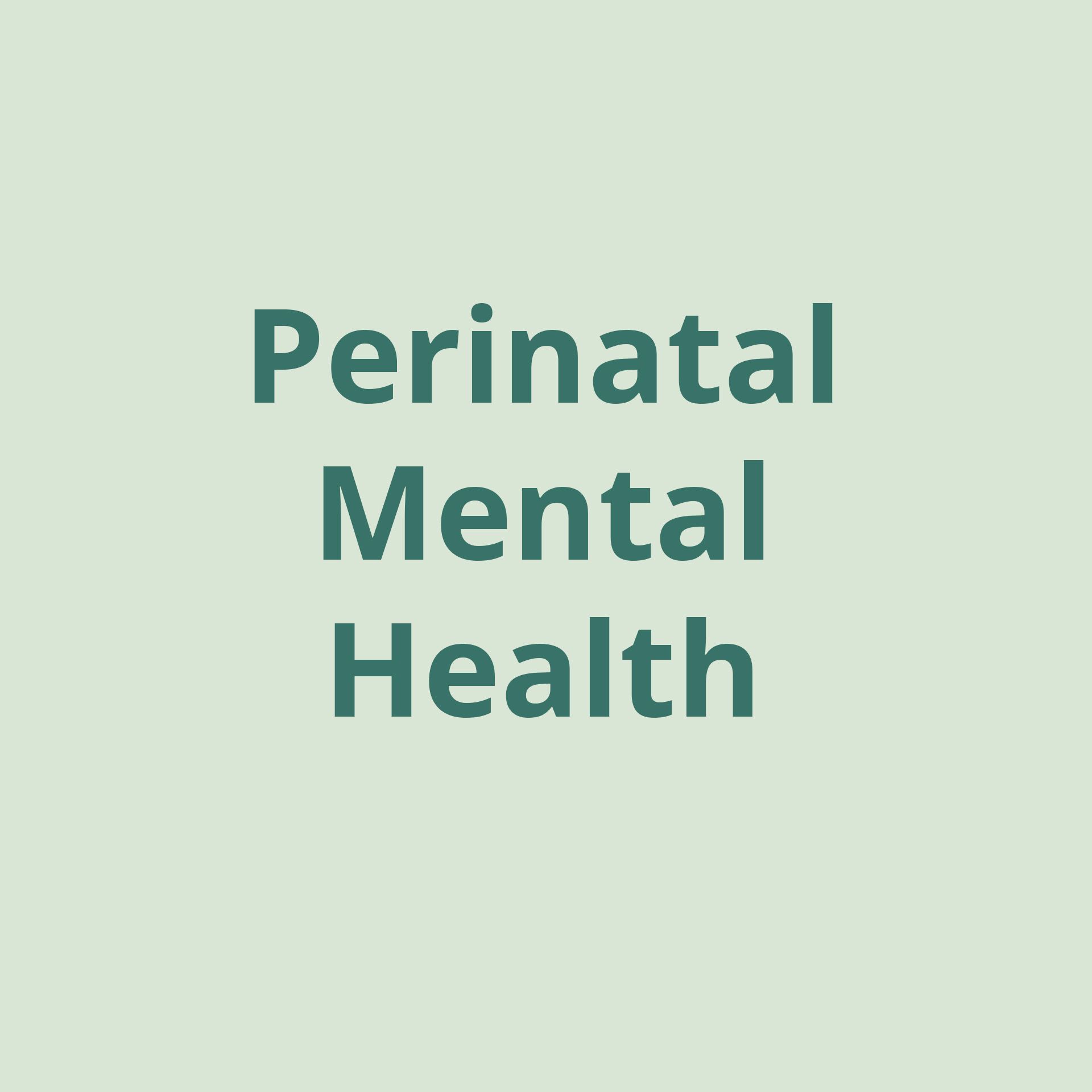A Basic Guide to Borderline Personality Disorder

UNDERSTANDING BPD
Borderline personality disorder (BPD) is typically explained using the Biosocial Model because the condition is influenced by a person’s biology and environment. Individuals struggling with BPD have a biological predisposition that causes them to experience their emotions much more intensely and for a longer period of time than the average person. Their environment can further exacerbate this biological predisposition by being unable to provide the support necessary for them to learn how to manage their emotions.
To people on the outside, it may seem like these intense, prolonged emotional experiences are overly dramatic outbursts. In reality, the individual suffering from BPD is experiencing their emotions at an extremely intense level. If the environment (i.e. family) doesn’t understand what is happening on a deeper level, they may provide invalidating responses like, “I need you to calm down,” or, “Just be patient.”
These interactions can lead to the development of an unfortunate dynamic where the individual understands that their responses are ineffective, but they don’t know how to manage their emotions. Unfortunately, because the environment is struggling to understand the experience of the individual, they tend to oversimplify the solution without actually teaching the individual how to tolerate their emotions.
THE SYMPTOMS OF BPD
Individuals with BPD may:
- Become intensely upset by seemingly small causes and stay upset for a long time.
- Struggle to maintain relationships. They feel caught between loving and hating a person, but not wanting them to leave.
- Feel great one minute, then feel the worst they’ve ever felt in their life the next minute while struggling to remember that emotions are transient.
- Engage in extreme behaviors to try to get relief from their emotional pain. Sometimes they may even resort to self-harm as a way to alleviate their pain.
- A preoccupation with suicide can also be a symptom of BPD. For example, they may start the day feeling great, then resort to considering suicide because they broke their favorite coffee mug. Oftentimes, suicide becomes the answer to any and all problems that are encountered throughout the day, especially if they are harboring the belief that they are ineffective at managing their own lives.
- Engage in a rigid way of thinking called ‘black-and-white thinking’ or ‘all-or-nothing thinking.’ They become trapped between opposites like, “This always happens to me, every single time,” or, “I can’t do anything right.”
- Suffer from pervasive self-invalidation of their emotions. In other words, they hide their inner turmoil, fearing judgment or being misunderstood due to their emotions.
- BPD can co-occur with other mental health concerns including but not limited to: eating disorders, depression and bipolar disorder.
DIAGNOSING BPD
If you or someone you know is in constant emotional pain and is engaging in problematic behaviors in an attempt to manage or distract from the pain, a mental healthcare provider can offer a screening to determine if a full assessment is necessary.
Because BPD has similar symptoms to other disorders, such as bipolar disorder, it’s important to have a thorough assessment done by a mental health provider. Additionally, BPD can occur in addition to bipolar disorder. For this reason, assessment and diagnosis of BPD can take some time.
Here are some of the differences between BPD and bipolar disorder:
- BPD is an issue of how one’s brain is physically wired or formed, while bipolar disorder results from a chemical imbalance in neurotransmitters.
- Bipolar disorder can be treated with medication that addresses the chemical imbalance; whereas, individuals with BPD must change their behavioral responses which eventually results in a physical change in the brain. Because BPD is the result of how the brain is structured vs a chemical imbalance, medication is ineffective long-term.
- The emotional intensity experienced by people with bipolar and BPD differs in the length of time and co-occurring symptoms. Bipolar results in periods of elation that can last days with a diminished need for sleep, usually followed by an emotional “crash” where the person experiences depression for a week or more. Emotional intensity in BPD is usually shorter in duration and fluctuates more frequently. Bipolar is often fairly cyclical and predictable in that periods of elation, or mania, are followed by periods of depression. BPD can include any combination of all or some of the emotions within a relatively short period of time and is usually related to an environmental trigger.
- And… BPD and bipolar can also be co-occurring in which case both conditions need to be addressed.
TREATING BPD
When someone is diagnosed with BPD, usually the next question is, “Okay, so what do I do with that?”
The answer is that BPD is manageable. Attending a Dialectical Behavioral Therapy (DBT) program, which is designed to treat the cluster of behaviors and co-occurring issues that are associated with BPD is the most ideal form of treatment. A DBT program includes attending weekly group therapy sessions to learn DBT skills, as well as working with a therapist individually to finetune and apply the skills.
At its heart, DBT treats emotional dysregulation and the problems that tend to come with it. DBT was developed in the late 1980s by Marsha Linehan. Linehan later disclosed that she, herself, suffered from BPD. At the time, no one really knew what BPD was, let alone how to treat it. After years of hospitalizations and lack of effective treatment options, she began to consider how to pursue life differently which led her to explore how effective people live their lives.
Linehan found that there are four parts of life that are necessary to master, which are taught in a DBT program.
The four modules of DBT are:
- Mindfulness: Linehan borrowed from different spiritual and religious practices to teach individuals how to quiet their minds, so they can reside fully in the present moment.
- Interpersonal effectiveness: The goal of DBT is to figure out what your life worth living looks like and how to get there. In everyone’s life that is worth living, there are other people involved. This section teaches individuals how to form supportive, loving relationships and how to troubleshoot those relationships when necessary. It also helps individuals realize what relationships are damaging and how to end them.
- Emotion regulation: All effective people can regulate their emotions. Regular practices can help keep emotions in a more manageable range, including sleeping enough, incorporating movement, avoiding mood-altering substances, and caring for your physical health. Incorporating pleasant events in your life and actively doing things that challenge you are also important practices that reduce vulnerability to negative emotions. This section also includes information that helps individuals understand what their emotions are, where they come from, and what they are telling them about their environment.
- Distress tolerance: After blowing a tire on the freeway, how do you survive the situation without making it worse? This section teaches individuals how to respond to distressing, unplanned events in a way that doesn’t add to the crisis. The distress tolerance section also teaches the skill of radical acceptance which allows us to move on from hard realities, so we don’t get stuck ruminating about whether it should have happened or whether it was fair.
HEALING FOR FAMILIES
One of the unfortunate hallmarks of BPD that often contributes to the development of the disorder is an invalidating environment. An invalidating environment can be dismissive, neglectful, and abusive. An invalidating environment can also be a warm and loving family that doesn’t understand how to support their loved one.
Families with a loved one who is struggling with BPD would likely benefit from professional help. Professional support and DBT skills training can help teach family members how to understand what their loved one is experiencing and ways to reduce unintended invalidation.
For example, a child may suffer from extreme tantrums that have no obvious cause. As a result, parents can feel confused and frustrated with the intensity of the emotional reaction and feel helpless in attempting to stop it. Professional support can help parents to understand what is happening and offer ways to help their child to manage these intense emotions while also managing their own anxiety and frustration. With early intervention, parents can also reduce unintentional invalidation and likely reduce many of the symptoms of BPD over time.
BPD is an interwoven condition. The problems tend to exacerbate themselves, but the solutions also tend to expand on themselves.
LIVING A FULL LIFE WITH BPD
While it is understandable that you would want to “cure” or get rid of BPD initially, this goal is unrealistic and often leads to approaches that prove unhelpful. Adjusting or adopting the mindset of management can be more effective and eventually lead to a positive outcome. BPD does not have to be an overwhelming burden. With treatment and support, BPD can bring a sense of richness to life that would not be possible without it.
Experiencing emotion on such an intense level can be like a superpower. Superpowers can be painful if you don’t know how to manage them or control them. When you experience emotion on a deeper, more intense level than the average person, you also tend to be more attuned to the emotions of others. With time and practice, it is highly likely that you will be able to accurately identify what those around you are feeling, sometimes better than them! And with all the skills and strategies you learn from treatment, you can help others to manage their emotions, too. This emotional intelligence can be an asset in several fields including mental health, social work, management, public outreach, etc. Once you have the skills to manage and regulate your emotions, you can take back control of your choices and be free to pursue your life worth living!
About the Author
SHANNON SERVI, MSW, LCSW — Clinical Lead and Therapist at Thrive
Shannon Servi completed her master’s in social work at the University of Nevada, Reno. Shannon has worked in the mental health field for over a decade, helping people heal from eating disorders. In addition, she has experience working with individuals struggling with anxiety, depression, trauma, intense emotional dysregulation, grief, and substance use. Shannon has training in Dialectical Behavior Therapy, Cognitive Behavioral Therapy, Exposure Response Prevention, and Motivational Interviewing.
It is one of Shannon’s beliefs that our pasts do not have to dictate our future and we are often stronger, more resilient than we realize. Recovery is possible. Healing is possible.
Shannon is a homegrown Nevadan and enjoys sunshine, stand-up comedy, poetry, and quasi-competitive board games. And dogs. She loves dogs.
The post A Basic Guide to Borderline Personality Disorder first appeared on Thrive Wellness.








